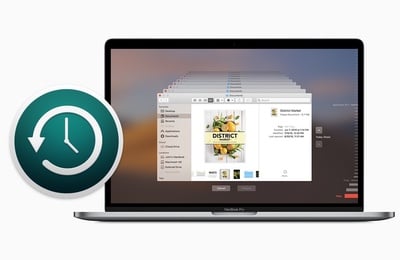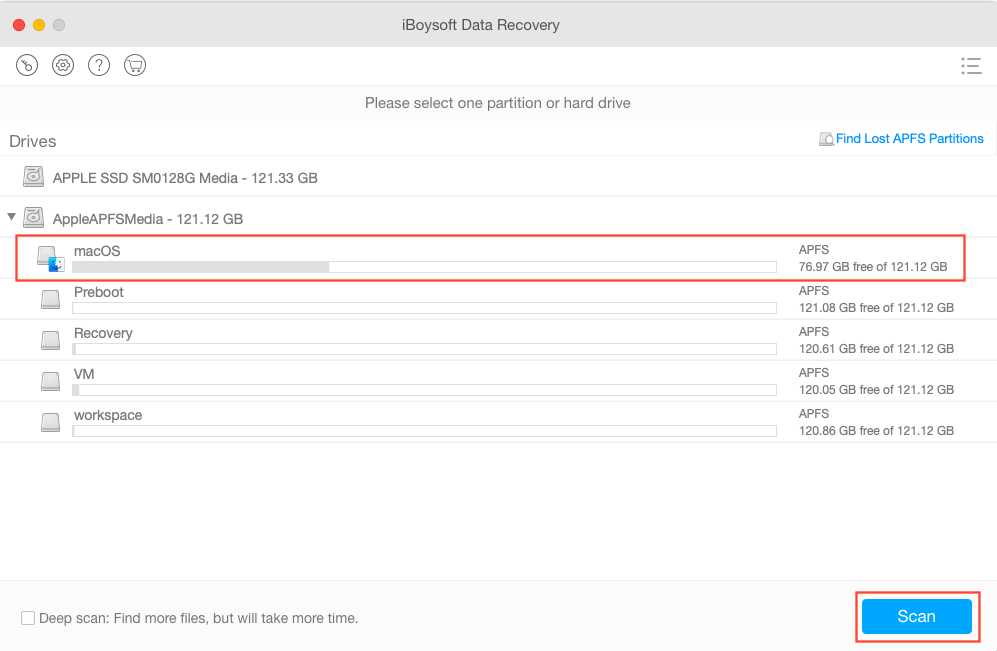

RecoverySets, a hierarchy of folders containing, which is in essence a Recovery volume, complete with Apple Diagnostics. In the Backups.backupdb folder (the backup store), you’ll find: There’s more to a Time Machine backup than just the files and folders of the backup. I’m going to leave networked backups to the next article in this series, so here will consider only TM backups on HFS+ format drives. What do you do, though, when you go to your Time Machine (TM) backup and it either throws an error, or doesn’t work properly?įor the time being, there are two types of TM backup: those on local storage such as an external drive in HFS+ format, and those on a networked device which uses SMB or the older AFP protocols and stores the backups in a special sparsebundle format, which is compatible with that class of storage.


I’ve lost count of the number of times that I’ve heard of businesses and sometimes even large organisations who have gone to their backups only to discover that nothing is there at all. As part of backing up, it’s essential that you routinely check that your backups work properly. This article considers what can go wrong with those backups.Įvery Mac user should make backups as part of a joined-up backup policy, which ensures that you can recover from disasters minor and major without losing significant data, and in acceptable time.
#Free up time machine space on my passport for mac series
The previous article in this series looked at how T2M2 can reveal useful information about problems occurring during Time Machine’s automatic backups.


 0 kommentar(er)
0 kommentar(er)
